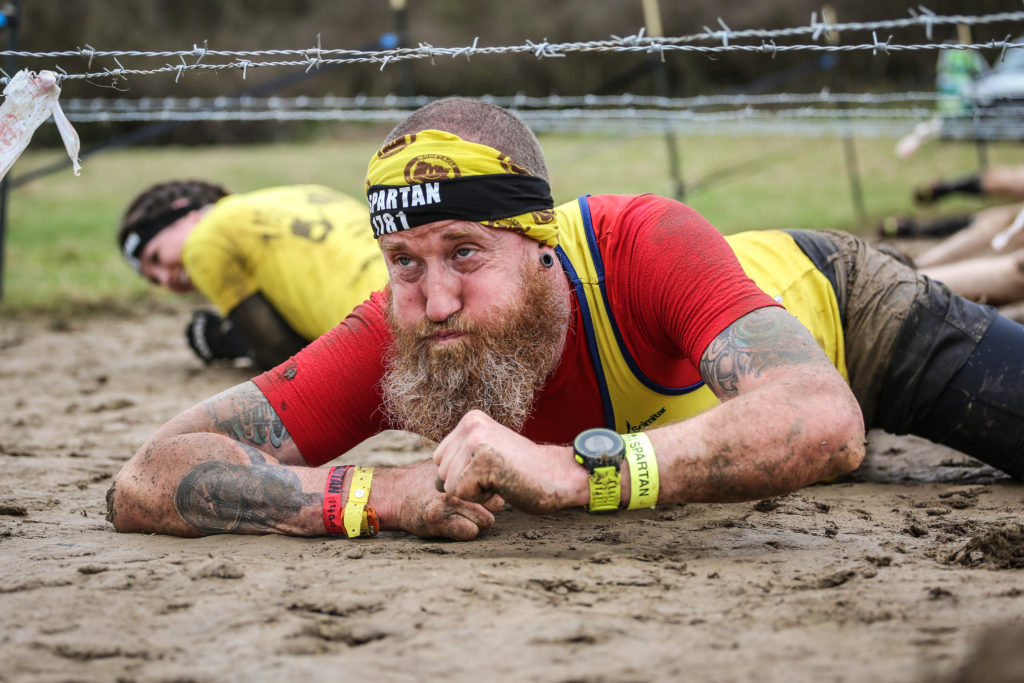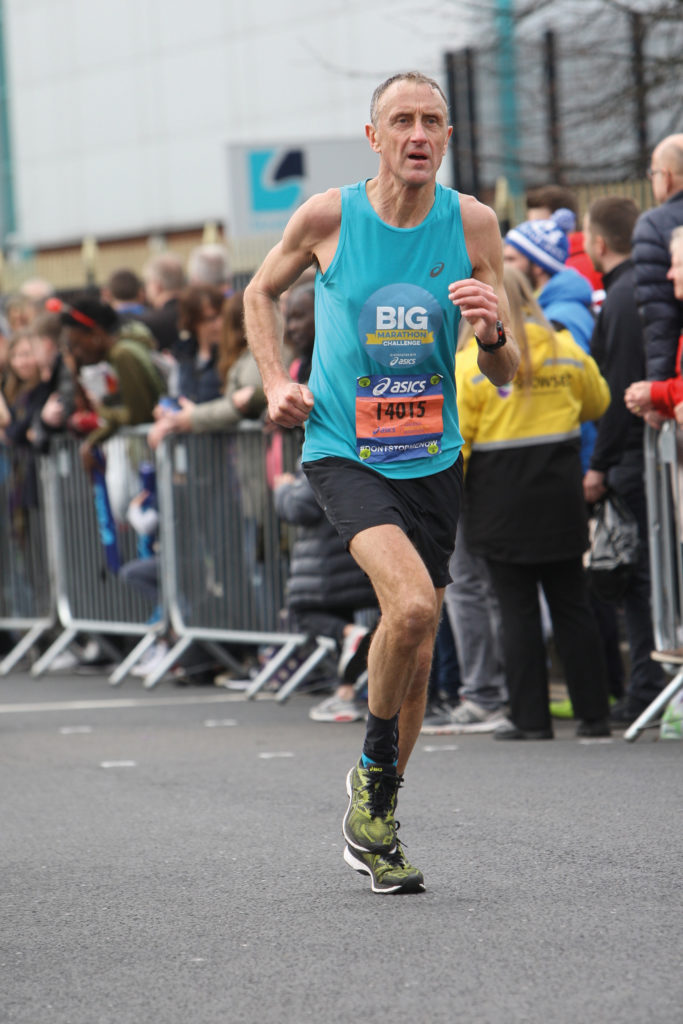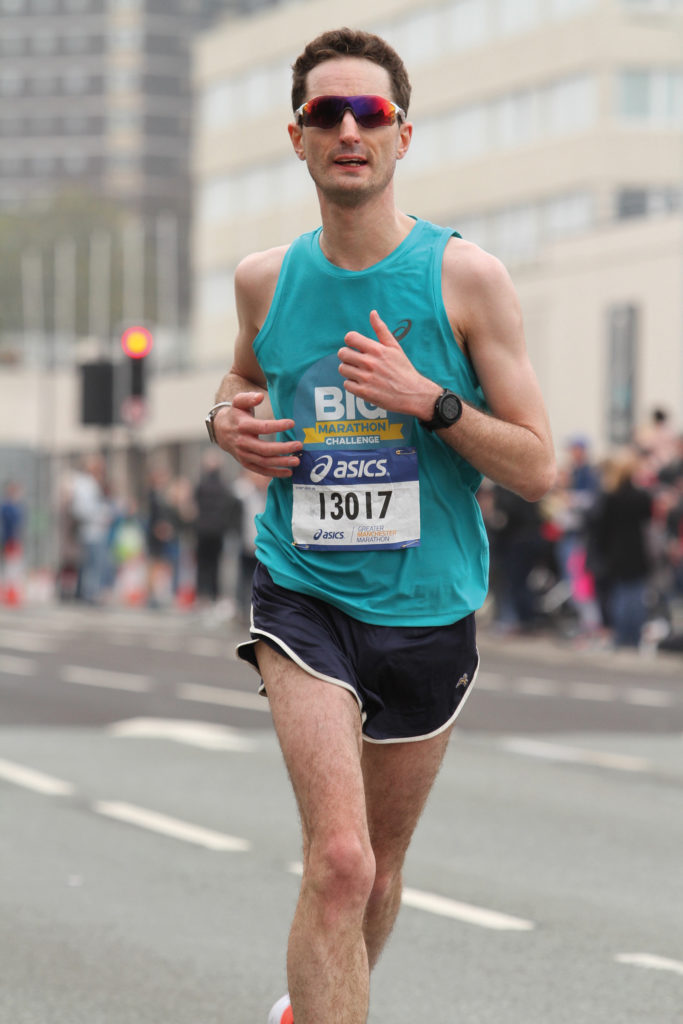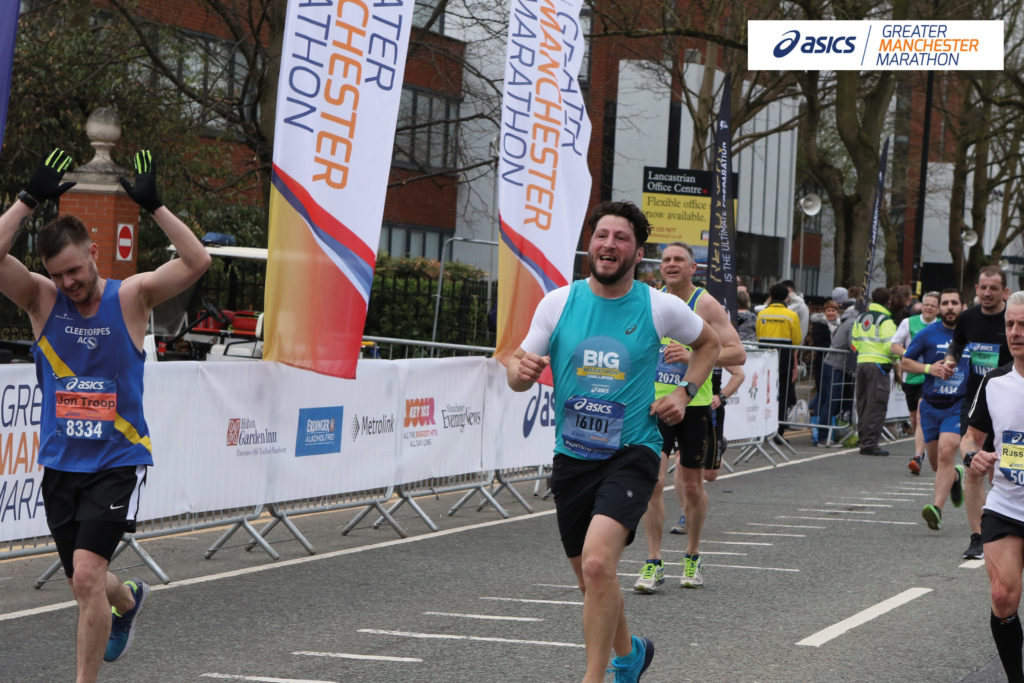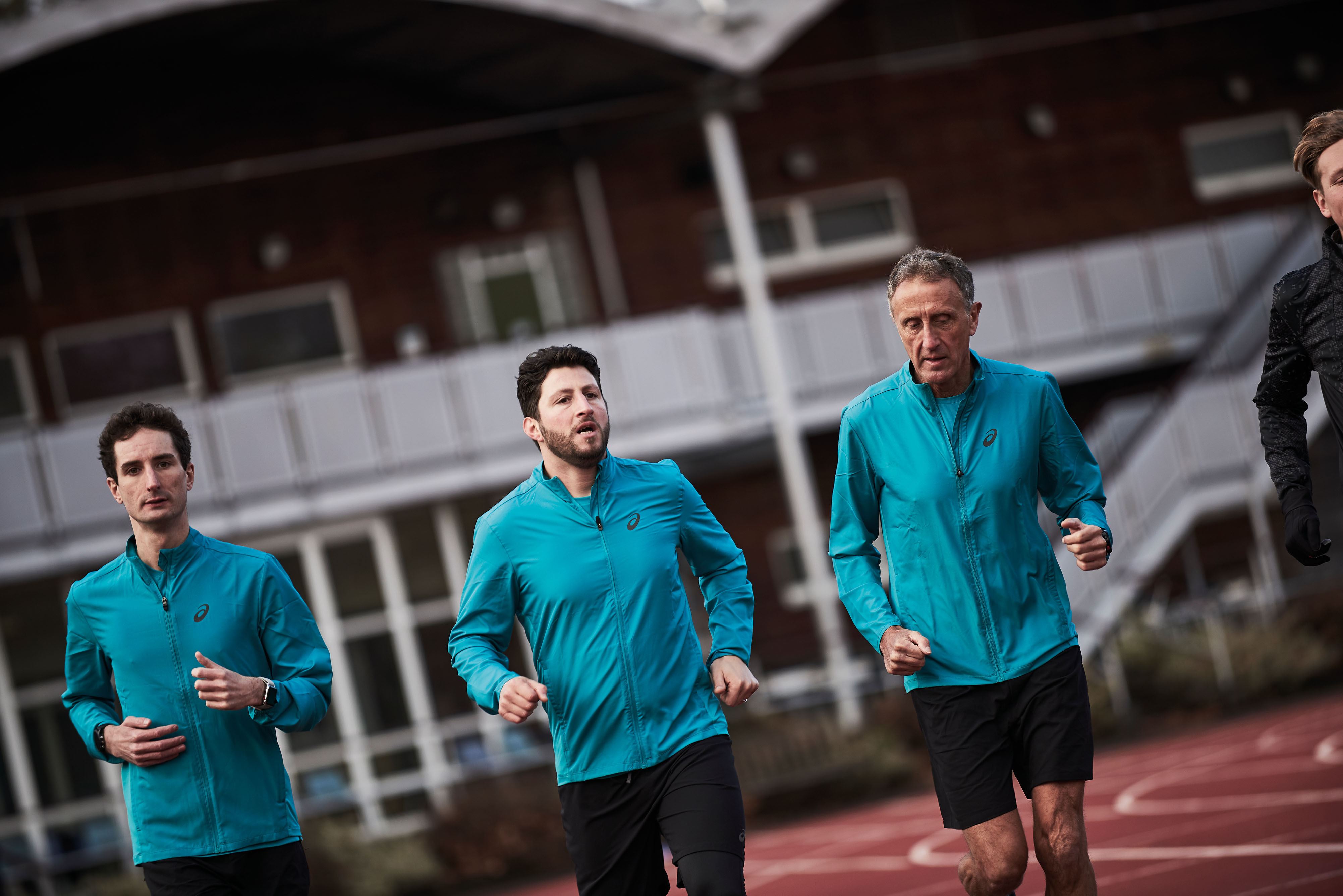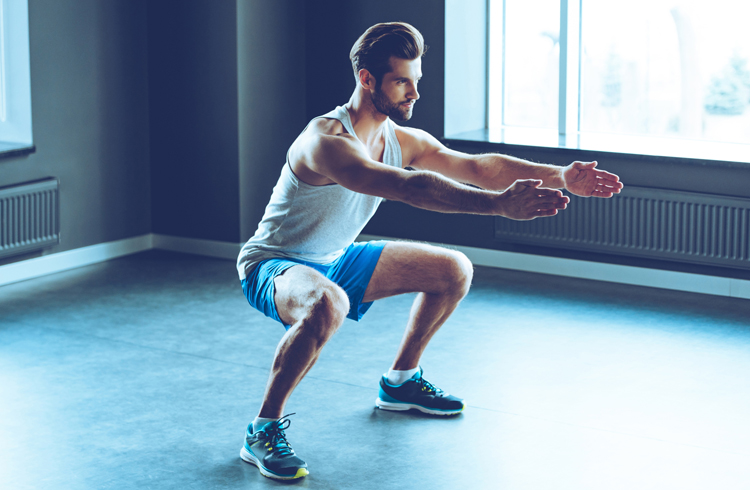
Ever stretched your calf muscles at the start or end of a run? Why did you do that? Probably because you felt a knot the size of a golf ball forming in your gastrocnemius muscle. Over time this tight muscle has become an extremely common problem among runners.
It’s incredibly important to good running and walking mechanics, yet a lot of people are restricted in this area, which can lead to injuries such as plantar fasciitis, runners knee and back pain.
A very simple way of testing if you have poor ankle range of motion is to perform a squat with your feet pointing straight ahead.
If you fall backwards, struggle to get into a deep squat or your knees don’t go past your toes, then you should definitely be doing some ankle range of motion drills to restore normal biomechanics to this crucial joint and muscle complex.
Firstly, never stretch your calf muscles cold (unless you like wasting your time).
Secondly, foam rolling or using a trigger point ball in your calf will release any neurological or mechanical adhesions present in the muscle (which makes stretching much more effective).
So here’s how to get ankles like a kangaroo…
- Foam roll – 1 minute
- Gentle dynamic stretching – 1 minute
- Half kneeling ankle bends x 10 (Kneel on your right knee, left foot flat on the floor and drive your left knee over your left little toe)
- Dynamic lunges x 10
The process of releasing the tension, mobilising the tissues, then using the new range of motion in a functional way will increase your range of motion quicker and easier than anything else.
Do this as a warm up before every run or workout, you will soon see your range of motion change.
Robert Griffiths is a chiropractor and rehab therapist with a keen interest in running ProPerformanceClinics.com


